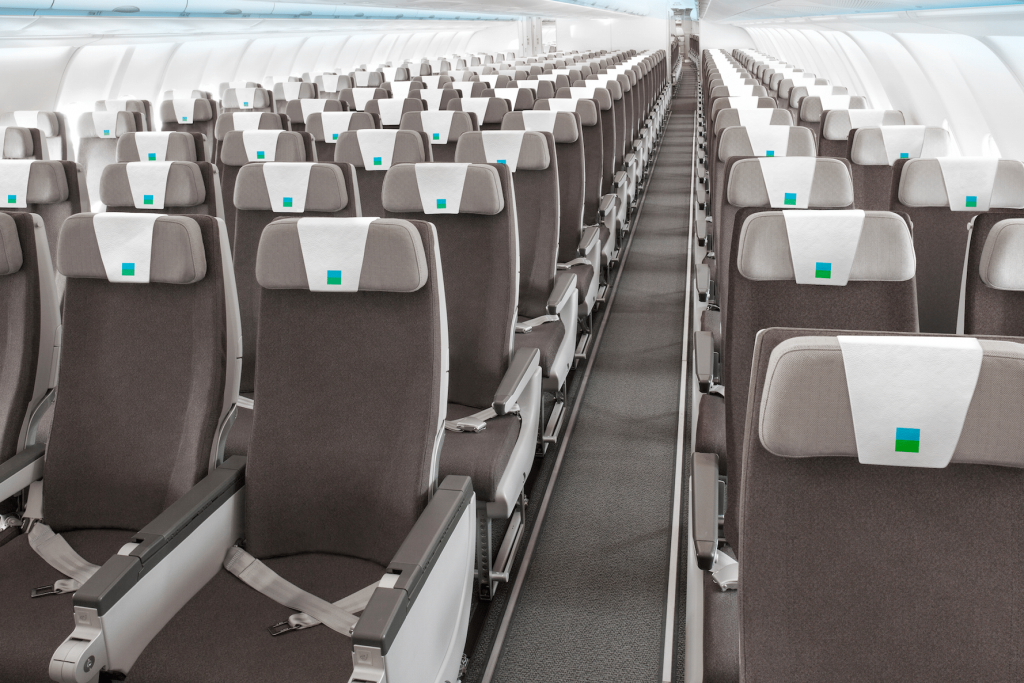The Battle for the Future of Airlines Is Still Being Fought Over the Atlantic

Skift Take
One week before the UK Prime Minister triggered her country's departure from the European Union, and less than two weeks before our inaugural Skift Forum Europe, we launched a series of four stories devoted to Resetting Transatlantic Travel.
Our second story analyses the changes in transatlantic aviation and the new role of low-cost, long-haul operators.
In 1913, British newspaper The Daily Mail came up with an idea that it hoped would advance development in the aviation industry. Under the leadership of Lord Northcliffe, the publication had already offered up a number of prizes in the field but its latest offer was set to be its most adventurous yet.
The sum of £10,000 (more than $1.3 million in today’s money) would be given to anyone who could cross the Atlantic “from any point in the United States, Canada, or Newfoundland to any point in Great Britain or Ireland in seventy-two continuous hours.”
The outbreak of the First World war meant that the competition was suspended for a number of years but in 1919 history was made. Setting off from St. John's, Newfoundland, the team of John Alcock and Arthur Brown flew a modified heavy bomber aircraft 1,890 miles in 16 hours 27 minutes before landing near Clifden in Ireland.
Alcock and Brown were the first to achieve a feat that is now commonplace in the world of aviation. Every day thousands of jets cross the ocean that separates the Americas from Europe, Africa, and beyond. The forces of history, politics, and economics have meant that this stretch of water remains as central to modern day aviation as it was almost 100 years ago.
Developments throughout the 20th century have repeatedly put it at the center of the aviation world. In 1946 the U.S. and UK signed a bilateral air transport agreement, known as Bermuda I, that would became a model for deals other countries would make in the years that followed. The transatlantic market has been an incubator for such pioneering changes such as low-cost, long-haul travel as well as the not-so successful all business class airlines. It also hosted the only scheduled routes operated by the supersonic Concorde jets.
It remains a fiercely competitive arena. In the 1980s and 1990s British Airways fought a long-running campaign with Richard Branson’s insurgent Virgin Atlantic and there have been plenty of big failures. It’s fitting then that the latest aviation battlegrou
